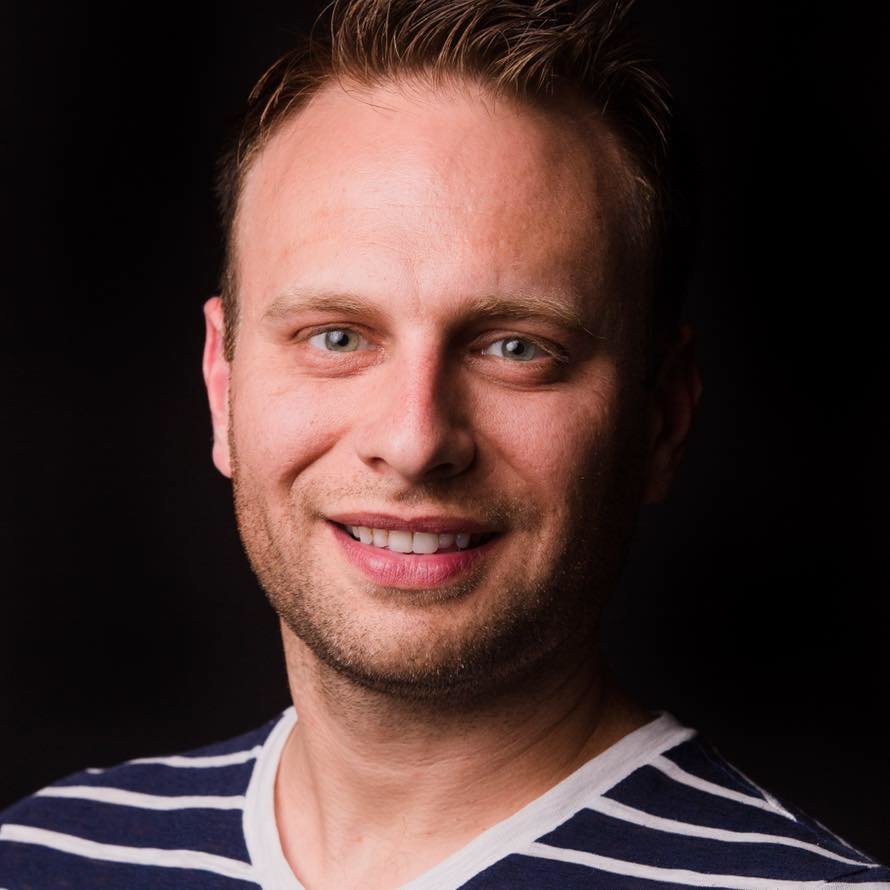Evil overlord fakes moon landing, aliens implicated

By ANNEMARIE SCHUETZ
You know conspiracy theories; the internet happens to be a ripe breeding ground for them. “These evil all-powerful people or opposing political party or company or piece of technology did a thing to some people and that bad thing happened.”
Dr. Kenneth Luck’s research might not end the problem—and it is a serious problem—but the SUNY Sullivan professor provides us with ways to understand imaginary conspiracies and those who believe in them.
Luck, an assistant professor of media arts, used a Google Books tool to look for 15 types of conspiracies: leftwing and rightwing, HIV/AIDS-related, 9/11-related and many more.
Most studies of conspiracy theories focus on the psychology behind them (see additional information on bottom).
Instead, Luck looked at when they materialized. He used Google’s N-Gram Viewer, which lets you enter phrases and see how they were used and changed over time, through the books on Google Books.
He compared the results to then-current events. His conclusion?
- Conspiracy theories show up after major events as a way to explain or understand them
- They wax and wane over time
- They’re influenced by political events of their time
- Both left and right have their own conspiracy theories
Pandemics turned out to be a great example. In the early days of such a tragedy, there’s a lot that we don’t know; it takes science a while to catch up. So people, being people, come up with reasons why it happened so they can avoid getting sick or justify their apathetic behavior.
Conspiracy theories track with pandemics and other major historical shifts. “The bigger the event, the more likely you’ll get conspiracy theories,” Luck said.
They’re especially common where there’s confusion. For instance, the blaming of Chinese labs for releasing the virus. We don’t know for sure how it got to humanity—wet markets seem more likely—but “China has been known to skew their data,” Luck said. “People took a grain of truth and expanded it” in the search for an explanation.
It takes “a medical dimension, a social dimension, a political dimension and cognitive distortion for conspiracy theories to erupt out.”
He emphasizes that sometimes there is reason to distrust science, citing the horrific Tuskegee experiments. There’s also J. Marion Sims, who developed his gynecological treatments by experimenting on enslaved women (www.bit.ly/moreinfojmarion).
Some writers in the 1970s were suspicious of science because it is largely funded by grants that come from corporations or the government. If those motives are suspect, then so might be the resulting science. (See Ben Goldacre’s books “Bad Pharma” and “Bad Science.”)
People ask for “just the facts” and then reject the facts. “Trying our best to create dialogue is the first step,” Luck said. “We’re overwhelmed. People will pick and choose” what they can believe. “Conspiracy theories provide a very convenient way out for people who want to make sense of the world.”
But the result is that “people get more tribal, people get more polarized,” he said. We stop trusting each other.
It also leads to increased distrust of experts and the government. The results can be politically polarizing, so nothing gets done when things need to be done, or they can be tragic.
What can we do about it?
“Have an evidence-based mindset,” he said. “Ask, ‘How do you know that?’ Ask, ‘What does the evidence point to?’ That’s hugely powerful.”
Dr. Kenneth Luck’s research was published this summer in the Journal of Applied Professional Studies. You can find him on social media channels @kjluck or email at kluck@sunysullivan.edu.
“A conspiracy theory in MY brain?”
It’s more likely than you think!
Does everyone around you shut up, look away or leave the room when you talk about the latest thing you believed off the internet? It might be a conspiracy theory! Ask yourself:
Does it:
- Make extraordinary claims without evidence?
- Have no way to prove that it’s wrong?
- Generalize about a complex set of facts?
- Not leave room for an alternative explanation?
- Involve a secret, “powerful other” who has a malicious intent?
- Cherry-pick favorable evidence while discounting contrary evidence?
- Claim to have the “Truth”?
Fight back with knowledge
A lot of conspiracy theories surround science or science misconceptions. Fight back with knowledge. Learn about science or talk to actual scientists. Ask questions.
There are YouTube channels like Veritasium, VSauce, or CrashCourse, or you can try www.skypeascientist.com and just ask your questions. The program was originally designed for classrooms but is now open to families and groups of adults.
The nearest community college or university might have science professors willing to answer questions.
Once everything’s open, check with your local library! Maybe the staff could organize a lecture, featuring a scientist.
Why do we embrace conspiracy theories?
“There’s the need for cognitive closure,” Luck said. “People want an answer to things.”
And they want it now. Unfortunately, the wheels of science grind really slowly, and if scientists don’t understand something yet, “we say, ‘I don’t know,’” Luck said. That can be hard to accept.
Sometimes “people assume agency” when there isn’t any, he said. Something happened? Well, it can’t be random; something caused it. Then we look for a cause. But many things do just happen for no reason.
Attribution bias can creep in, coloring how we see other people’s actions.
Some confuse correlation and causation. Just because two events happened simultaneously doesn’t mean they’re connected.
People want to be unique, Luck said. “People need to feel different from others.” We love our secret information. We love being part of the in-crowd, knowing the truth—whether or not it’s actually true.
We all do these things, Luck stressed. It’s part of being human.
*** This article has been archived for your research. The original version from The River Reporter can be found here ***

